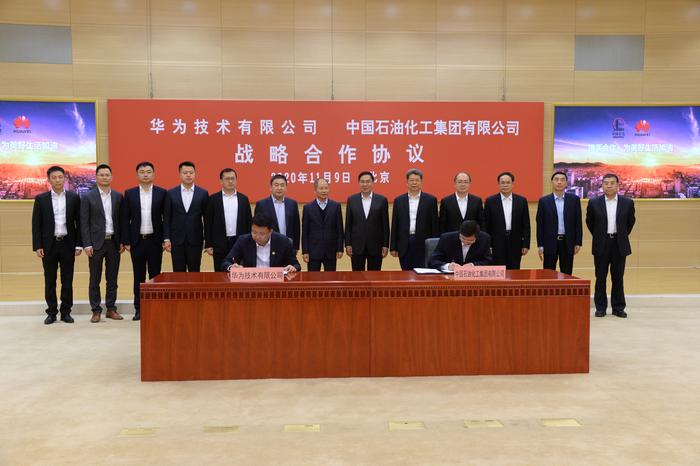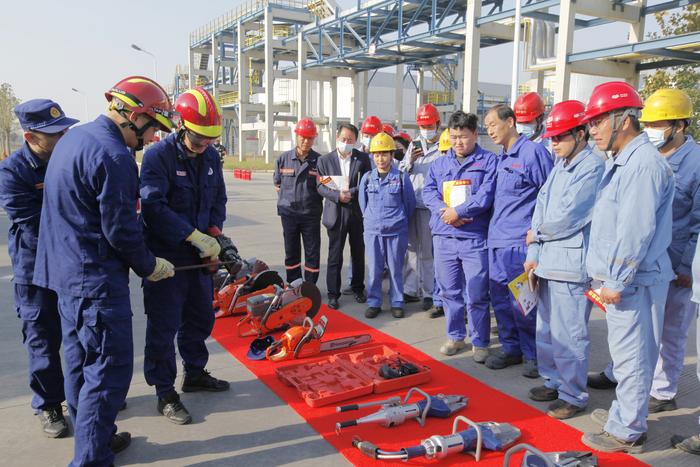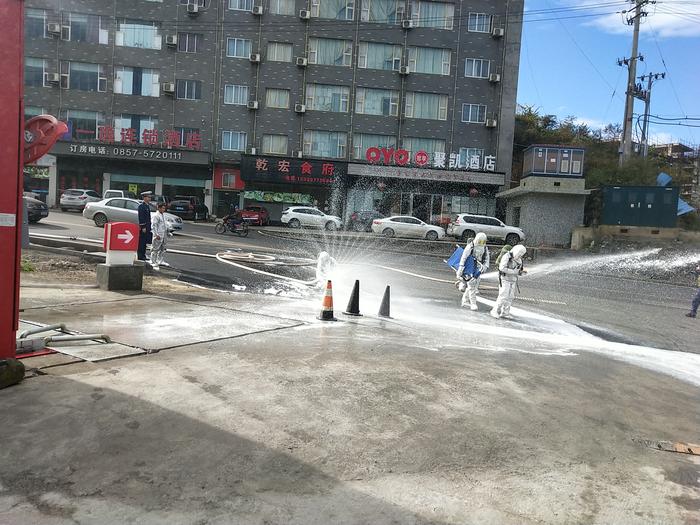|
| 2020-11-11 来源: 中国石化新闻网 |
| 石化新闻 |
中国石化新闻网讯 据彭博社11月9日消息:在日本西部的一个港口藏着一个球形储罐,该储罐可能很快会承载这个国家的能源未来。 位于神户的进口终端,计划在今年3月进行首次氢气运输。作为世界第五大污染排放国,该国正在寻求办法取代沉重的化石燃料,并达成到2050年实现温室气体中和的承诺,预计在未来30年,这种零排放燃料的交付量将呈指数级增长。 据日本唯一的氢供应链开发商川崎重工(Kawasaki Heavy Industries Ltd.)说,巨大的转变将要求日本使用一批专门的油轮来进口燃料。这也将为新兴产业打一针强心剂,据彭博社估计,到本世纪中叶,新兴产业可能满足全球近四分之一的能源需求。 “要想实现日本的零排放目标,氢是不可或缺的,”KHI氢项目开发中心主任西村本彦在接受采访时说。"可再生能源本身不足以满足国家巨大的能源需求。" 虽然许多国家正在大力发展风能、太阳能和电池,以摆脱对化石燃料的依赖,应对气候变化,但这对人口稠密的日本来说是一个挑战。 据BNEF称,在钢铁、水泥和重型运输等难以削减的行业,氢具有最大的脱碳潜力。在这个全球第五大温室气体排放国朝着净零排放迈进之际,这一点尤为重要。 可以肯定的是,氢在清洁能源的转型过程中造成了某种困境,因为用化石燃料生产氢仍然比用可再生能源生产氢便宜。然而,随着太阳能和风能成本的下降,欧盟和韩国押注于可再生能源产生的氢气将变得更加经济。 亚洲气候变化投资组织亚洲高级投资人Shin Furuno表示,如果氢要满足日本40%的能源需求,将需要高达4250亿美元的投资。他根据韩国氢能源发展路线图推算得出这一估计,韩国氢路线图的投资额为1,360亿美元,到2050年将达到其能源需求的20%。 向氢燃料的转变,将与资源匮乏的日本在50多年前发展液化天然气行业形成呼应。当时,日本大举投资进口基础设施,并成为众多出口项目的关键买家。 KHI公司急于开始行动。其正在建立全球供应链,在澳大利亚用褐煤生产氢气,建造船舶和储罐以及用于发电和供热的氢燃料发电设施。 Nishimura表示,为了在2050年实现碳中和,日本将不得不进口3600万吨液化氢,是2030年预计进口量的100多倍,届时日本将开始对液化氢进行商业利用。 冯娟 摘译自 彭博社 原文如下: Japan Eyes Replacing Oil With Hydrogen Amid Carbon Neutral Push Tucked into a port in western Japan sits a spherical tank that may soon hold the country’s energy future. The import terminal in the city of Kobe, is slated to get its debut hydrogen shipment in March. Over the next 30 years deliveries of the zero-emission fuel are expected to ramp up exponentially as the world’s fifth-biggest polluter seeks ways to replace its heavy fossil fuel use and meet a pledge to become greenhouse gas neutral by 2050. The monumental shift would require Japan to import the fuel using an armada of specialized tankers, according to Kawasaki Heavy Industries Ltd., the tank owner and the country’s only developer of a hydrogen supply chain. It would also represent a shot in the arm for the nascent industry, which BloombergNEF estimates could meet almost a quarter of the world’s energy needs by mid-century. “Hydrogen is indispensable for Japan to reach the zero-emission goal,” Motohiko Nishimura, the head of KHI’s hydrogen project development center, said in an interview in Kobe, where the company is based. “Renewable energy alone isn’t enough to meet the nation’s hefty energy needs.” While many countries are building out wind, solar and batteries as they intensify efforts to move away from fossil fuels in the fight against climate change, that is a challenge in densely populated Japan. Read More: Japan Pledges Net-Zero Emissions by 2050 Without Clear Roadmap Hydrogen offers the greatest potential to decarbonize difficult-to-abate sectors like steel, cement and heavy duty transport, according to BNEF. That could be especially critical as the world’s fifth-largest greenhouse gas emitter embarks on its pathway toward net-zero emissions. To be sure, hydrogen poses somewhat of a dilemma in the clean-energy transition as it is still cheaper to produce from fossil fuels rather than from renewable energy. However, the European Union and South Korea are betting on hydrogen generated from renewables to become more economical as solar and wind costs fall. Investment of as much as $425 billion would be needed if hydrogen is to account for 40% of Japan’s energy needs, said Shin Furuno, a senior manager with Asia Investor Group on Climate Change. He based the estimate on an extrapolation of South Korea’s hydrogen roadmap, which sees investment of $136 billion for the fuel to reach a 20% share of its energy requirement by 2050. The shift to hydrogen would be an echo in resource-poor Japan’s development of the liquefied natural gas industry more than 50 years ago through large investments in import infrastructure and by being a key buyer for numerous export projects. “It won’t take decades” for the hydrogen industry to develop, like it took for LNG, Jochen Eickholt, an executive board member at German technological behemoth Siemens Energy AG, said in an interview in Singapore. “But it won’t happen overnight.” KHI is eager to get the ball rolling. The company is creating a global supply chain -- producing hydrogen from brown coal in Australia, building ships and storage tanks as well as hydrogen-fired generation facilities for power and heat. To be carbon-neutral in 2050, Japan will have to import 36 million tons of liquefied hydrogen, more than 100 times its projected imports in 2030, when commercial use of the fuel in the nation is expected to start, KHI’s Nishimura said. |








